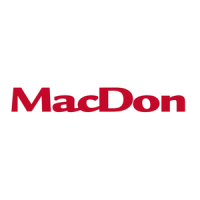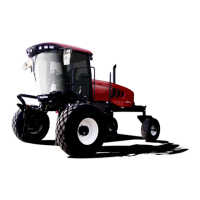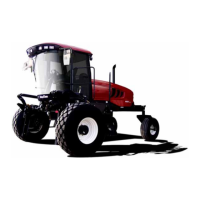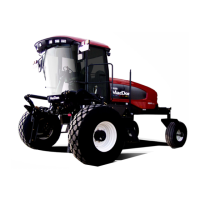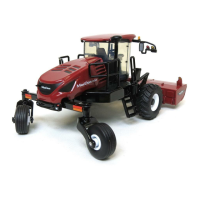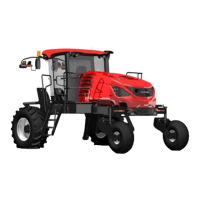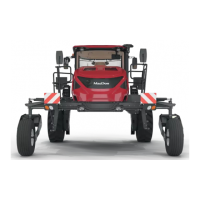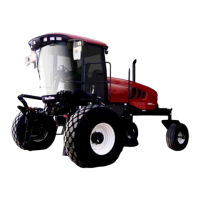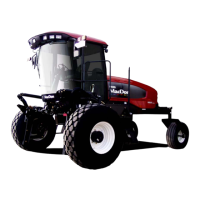Form 169304 1 Model Year - 2009
1 INTRODUCTION
This manual contains information on the MacDon Model M100 Self-Propelled Windrower that is designed to cut
and lay in windrows, a wide variety of grain, hay and specialty crops. Windrowing allows starting the harvest
earlier, protects the crop from wind damage, and gives you more flexibility in scheduling combine time.
The power unit (referred to in this manual as the “tractor”), when coupled with one of the specially designed
auger, or draper headers, provides a package which incorporates many features and improvements in design.
This manual must be used in conjunction with your Header Operator's Manual.
CAREFULLY READ ALL THE MATERIAL PROVIDED BEFORE ATTEMPTING TO UNLOAD, ASSEMBLE, OR
USE THE MACHINE.
Use this manual as your first source of information about the machine. If you follow the instructions given in this
manual, your M100 Windrower will work well for many years. If you require more detailed service information,
check with your dealer.
Use the Table of Contents and the Index to guide you to specific areas. Study the Table of Contents to familiarize
yourself with how the material is organized.
Keep this manual handy for frequent reference and to pass on to new operators or owners. Call your dealer if you
need assistance, information, or additional copies of this manual. A manual storage case is provided in the cab.
NOTE: Right-Hand and Left-Hand designations are determined by the operator’s position, facing the direction of
travel.
RECORD THE SERIAL NUMBERS IN THE SPACES BELOW.
Windrower Tractor_______________________
Serial Number plate is located on the left side of
the main frame, near the rear corner.
M100 Diesel Engine___________________________
Serial Number plate is located on the right side of the
engine block.
.
